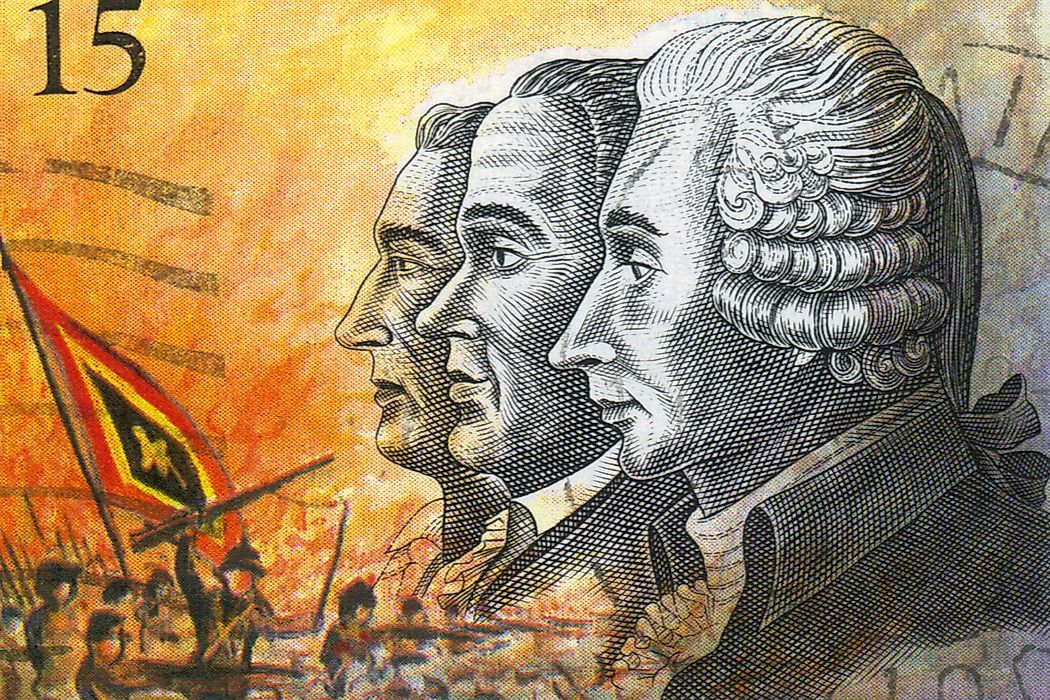What Was the Brabant Revolution?

The Brabant Revolution was inspired by the events in France in 1789 that had toppled the Bourbon rule of King Louis XVI. From October 24, 1789, to December 3, 1790, modern-day Belgium was at the center of the revolution that pitted the Austrians against the people of Brabant who wanted freedom from Austrian rule. Fortunes would change for both sides and it brought in the participation of the French Republican forces near the end. The Brabant Revolution would lead to the Belgian Revolution in 1830.
Causes of the Brabant Revolution
Emperor Joseph II had taken over the reins of power in 1781 and began to plan reforms influenced by his philosophy of enlightenment. These reforms were implemented in 1784 and were unpopular with the masses. Emperor Joseph II aimed to reduce the influence of the Catholic Church by first streamlining the seminary schools to form a single government-run seminary that would teach only what his government wanted to be taught. Emperor Joseph II also removed the privileges that Catholics had enjoyed over non-Catholics through the edict of religious tolerance of 1781-1782. Catholics were the majority in the country whereas non-Catholics were the minority. The reforms also targeted the political and justice system by removing the autonomy they had enjoyed. Emperor Joseph II wanted a centralized system that he could control from the capital in Brussels and not the outdated federal system that his government had no control over. The people were united in opposition to this reforms and it led to the uprising on October 24, 1789.
Progress of the Revolution
Hendrik Van der Noot and Jan-Frans Vonck had inspired an initial small uprising that was crushed by the government in 1787. Emperor Joseph II was forced to scrap some of his reforms that were aimed at the administration and justice system as a way of making a compromise with the rebels. The Catholic Clergy continued to incite uprisings as the reforms targeting them were kept in place and they funded the struggle too. Differences emerged among the two leaders as Van der Noot wanted foreign intervention while Vonck opposed foreign intervention. The Belgian Clergy united the two and on August 30, 1789, Jean-André van der Mersch was appointed the commander of the rebel forces. Van der Mersch led the rebels to victories against the Austrian armies despite being outnumbered on October 27, 1789. Soon their ranks swelled as deserters from the Austrian army and other towns switched sides to support the rebel cause. The Austrian Army retreated to Luxembourg in December and abandoned the whole territory of Belgium to the rebels. On January 11, 1790, the United Belgium States was declared by the victorious rebels.
Suppression of the Revolution
The new state was caught up in power struggles between the conservative Statists and the liberal Vonckists. The infighting made it impossible to counter the rejuvenated Austrian army that was backed by a discontent Belgian public tired of the infighting. Brussels was captured on December 3, 1790, after the rebels surrendered. The French invasion of Belgium in 1792 ended in the establishment of their rule until 1815 when the French were defeated.











